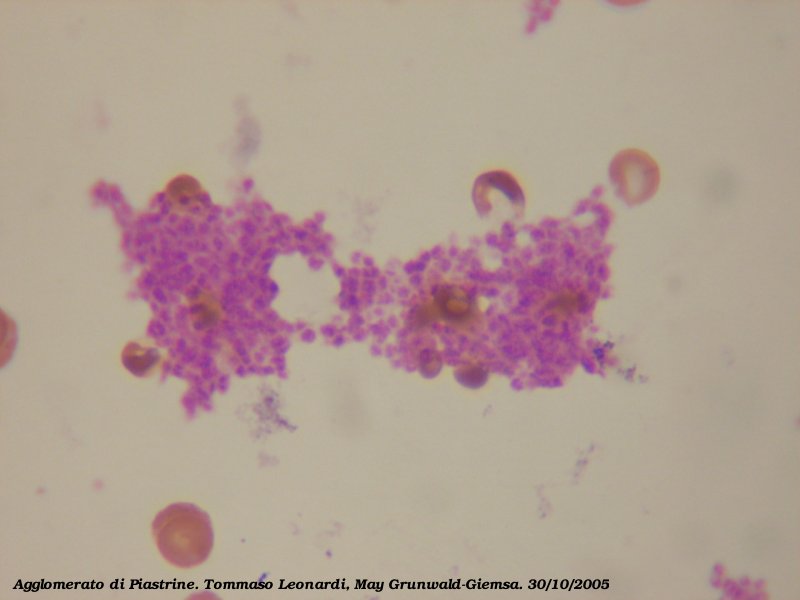Sandbox:Marufa Marium: Difference between revisions
| Line 3: | Line 3: | ||
==Overview== | ==Overview== | ||
Von Willebrand’s Disease: | Von Willebrand’s Disease: | ||
[[File:Thin_Basement_Membrane_Disease.jpg|thumb | [[File:Thin_Basement_Membrane_Disease.jpg|thumb|Notes:1(A) and 1(B) showing [[light microscopy]] of [[Thin basement membrane disease]] with cystic dilation. | ||
1(C), 1(D), 1(E) showing [[GBM]] using different [[Immunofluoroscence]] | 1(C), 1(D), 1(E) showing [[GBM]] using different [[Immunofluoroscence]] | ||
1(F), 1(G) showing thin [[GBM]] without [[electron]] deposition using [[Electron microscopy]] | 1(F), 1(G) showing thin [[GBM]] without [[electron]] deposition using [[Electron microscopy]] | ||
Courtesy: https://bmcnephrol.biomedcentral.com/articles/10.1186/s12882-019-1451-6/figures/2 | Courtesy: https://bmcnephrol.biomedcentral.com/articles/10.1186/s12882-019-1451-6/figures/2 | ||
|]] | |500px|right|]] | ||
==Historical Perspective== | ==Historical Perspective== | ||
Revision as of 07:24, 20 October 2020
Overview
Von Willebrand’s Disease:

Historical Perspective
Von Willebrand’s Disease(vWD) was first discovered by Erik Adolf von Willebrand, a Finnish Physician, in 1926, in a Swedish-language article “Hereditär pseudohemofili” ("Hereditary pseudohemophilia") after assessing a 5 year-old Finnish Girl and 66 members of her family from 1924-1926. In 1957, decreased level of a plasma factor ‘ Factor ⅷ later called ‘Von Willebrand factor’ were first identified in the pathogenesis of Von Willebrand’s Disease. In early 1970s Ristocetin was used to diagnose vWD after inducing platelet aggregation [1] . Later immunoprecipitation techniques were used to understand vWD and it’s varieties.

Classification
vWD may be classified according to Hereditary and Aquired causes. vWD is sub-classified according to Hereditary in four types.
- Type 1
- Type 2: Type 2 is further divided into 4 subtypes: 2A, 2B, 2M, 2N
- Type 3
- Pseudo or platelet-type
Aquired vWD is thought to be caused by Autoantibodies. It can be subclassified into lymphoproliferative, cardiovascular, myeloproliferative, neoplastic, autoimmune disorders [2].
Another classification has been made by The International Society On Thrombosis And Hemostasis on the basis of Qualitative and Quantitative defects of vWF [3].
References
- ↑ Favaloro EJ (July 2014). "Diagnosing von Willebrand disease: a short history of laboratory milestones and innovations, plus current status, challenges, and solutions". Semin. Thromb. Hemost. 40 (5): 551–70. doi:10.1055/s-0034-1383546. PMID 24978322.
- ↑ Kumar S, Pruthi RK, Nichols WL (February 2002). "Acquired von Willebrand disease". Mayo Clin. Proc. 77 (2): 181–7. doi:10.4065/77.2.181. PMID 11838652.
- ↑ Sadler, J Evan (2018). "A Revised Classification of von Willebrand Disease". Thrombosis and Haemostasis. 71 (04): 520–525. doi:10.1055/s-0038-1642471. ISSN 0340-6245.